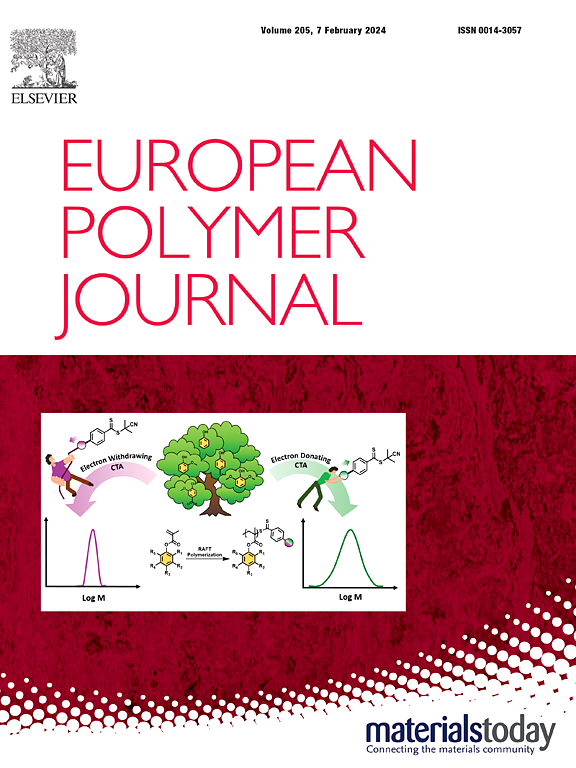3D printed biomaterials: From fabrication techniques to clinical applications: A systematic review
IF 5.8
2区 化学
Q1 POLYMER SCIENCE
引用次数: 0
Abstract
The type of biomaterial employed in the manufacturing of an implant determines its success. The material for implants should be easily adaptable, inert biocompatible, and mechanically robust. But the ideal properties may vary depending on the specific application and patient needs. In the pharmaceutical and medical industries, 3D printing technology has revolutionised the capacity to create customised implants for patients that are integrated with bioactive medications, cells, and proteins. Currently, a wide range of biomaterials such as ceramics, polymers, metals, hydrogels and composites are employed in medical 3D printing. Various applications of 3D printing such as manufacture of personalised implants, prostheses, drug delivery systems and 3D scaffolds for biological tissue engineering and regenerative medicine have grown quickly as a result of ongoing research and advancements in the biomaterials used in 3D printing. In this study, novel biomaterials utilised in medical 3D printing techniques are the main subject of interest. Furthermore, the present review sheds light on the most widely used medical 3D printing technologies, including fused deposition modelling, extrusion-based bioprinting, polyjet printing, and inkjet methods, as well as their clinical applications, different biomaterials that are presently under investigation by researchers, and important challenges.

求助全文
约1分钟内获得全文
求助全文
来源期刊

European Polymer Journal
化学-高分子科学
CiteScore
9.90
自引率
10.00%
发文量
691
审稿时长
23 days
期刊介绍:
European Polymer Journal is dedicated to publishing work on fundamental and applied polymer chemistry and macromolecular materials. The journal covers all aspects of polymer synthesis, including polymerization mechanisms and chemical functional transformations, with a focus on novel polymers and the relationships between molecular structure and polymer properties. In addition, we welcome submissions on bio-based or renewable polymers, stimuli-responsive systems and polymer bio-hybrids. European Polymer Journal also publishes research on the biomedical application of polymers, including drug delivery and regenerative medicine. The main scope is covered but not limited to the following core research areas:
Polymer synthesis and functionalization
• Novel synthetic routes for polymerization, functional modification, controlled/living polymerization and precision polymers.
Stimuli-responsive polymers
• Including shape memory and self-healing polymers.
Supramolecular polymers and self-assembly
• Molecular recognition and higher order polymer structures.
Renewable and sustainable polymers
• Bio-based, biodegradable and anti-microbial polymers and polymeric bio-nanocomposites.
Polymers at interfaces and surfaces
• Chemistry and engineering of surfaces with biological relevance, including patterning, antifouling polymers and polymers for membrane applications.
Biomedical applications and nanomedicine
• Polymers for regenerative medicine, drug delivery molecular release and gene therapy
The scope of European Polymer Journal no longer includes Polymer Physics.
 求助内容:
求助内容: 应助结果提醒方式:
应助结果提醒方式:


